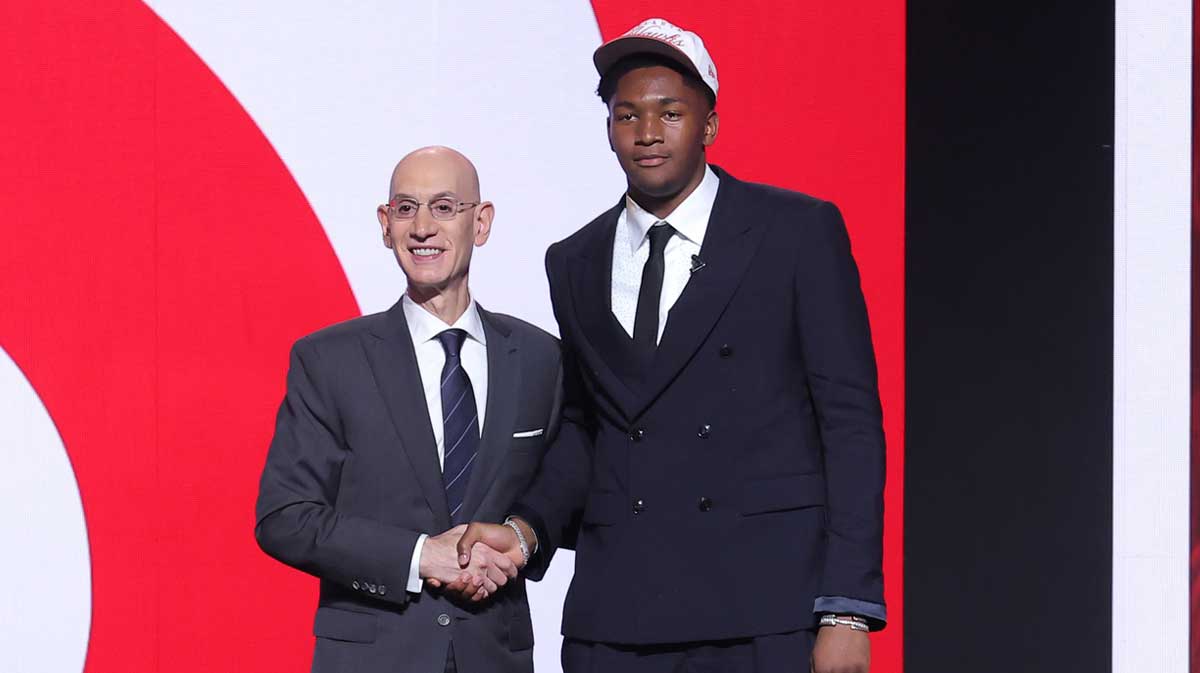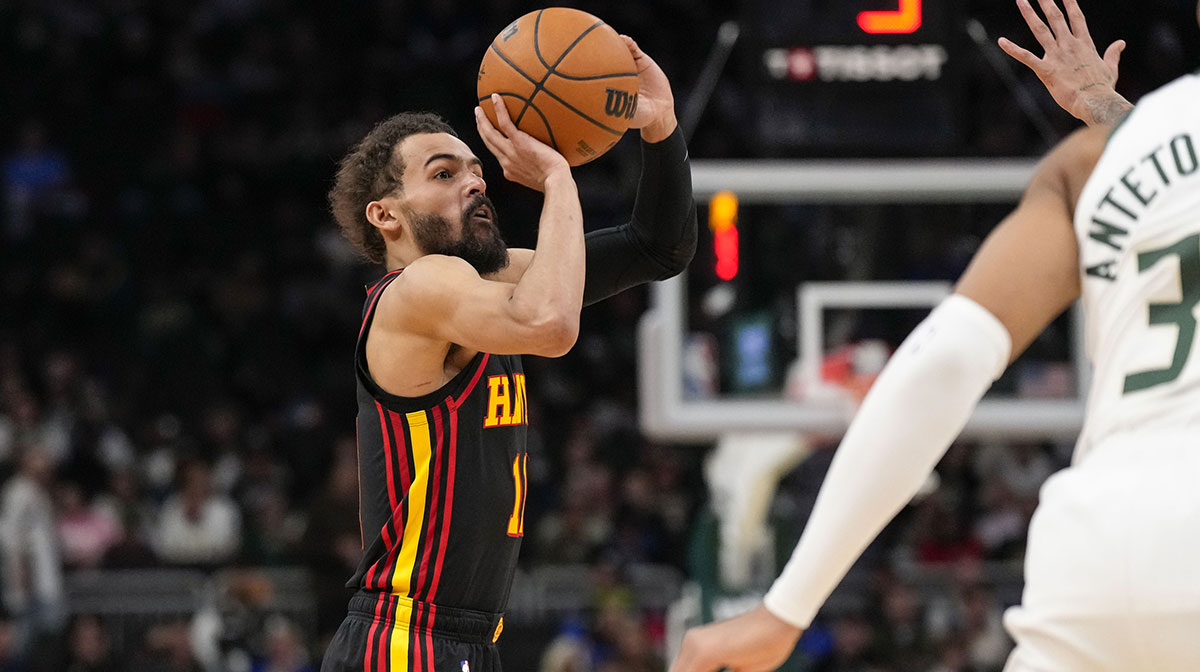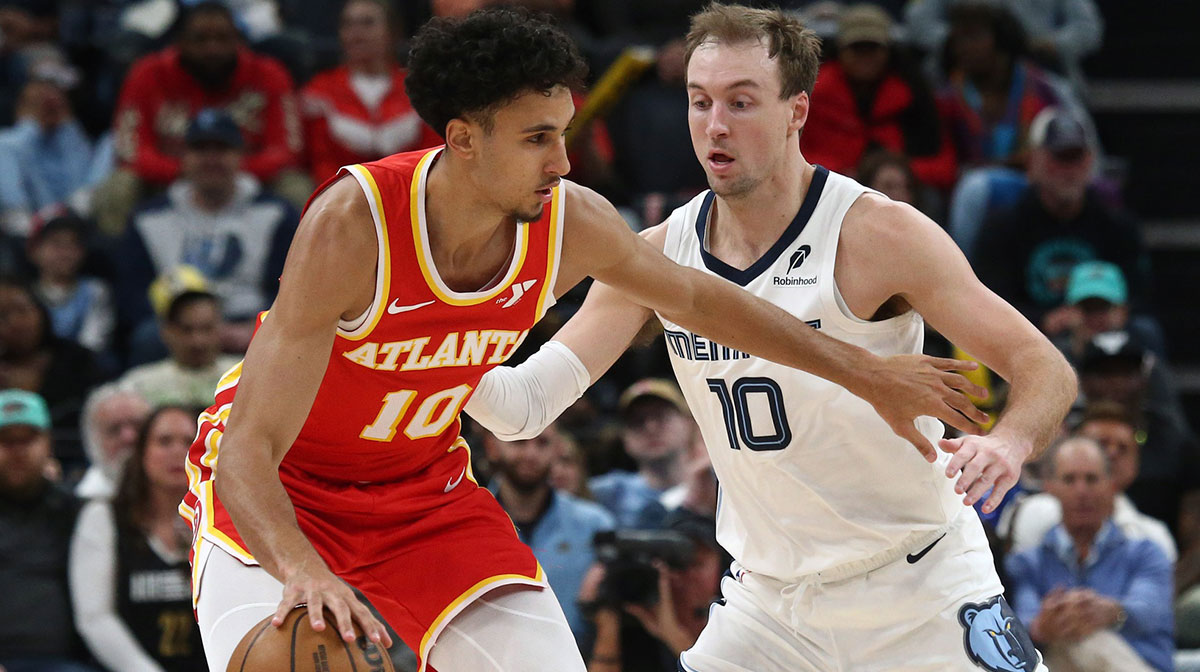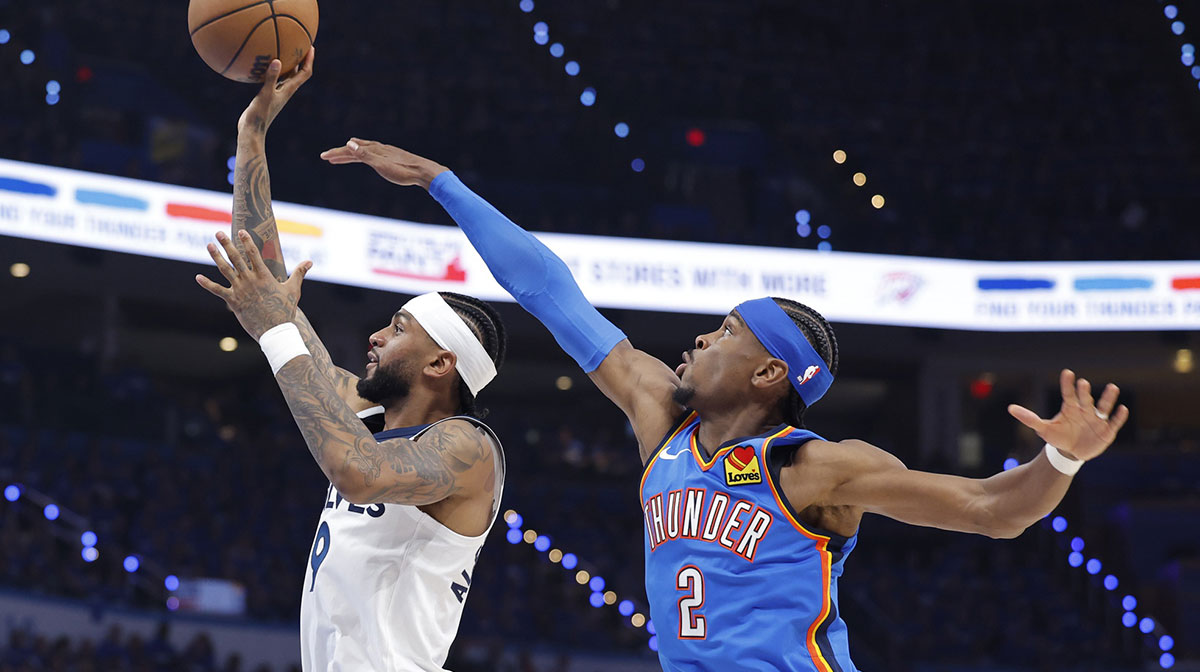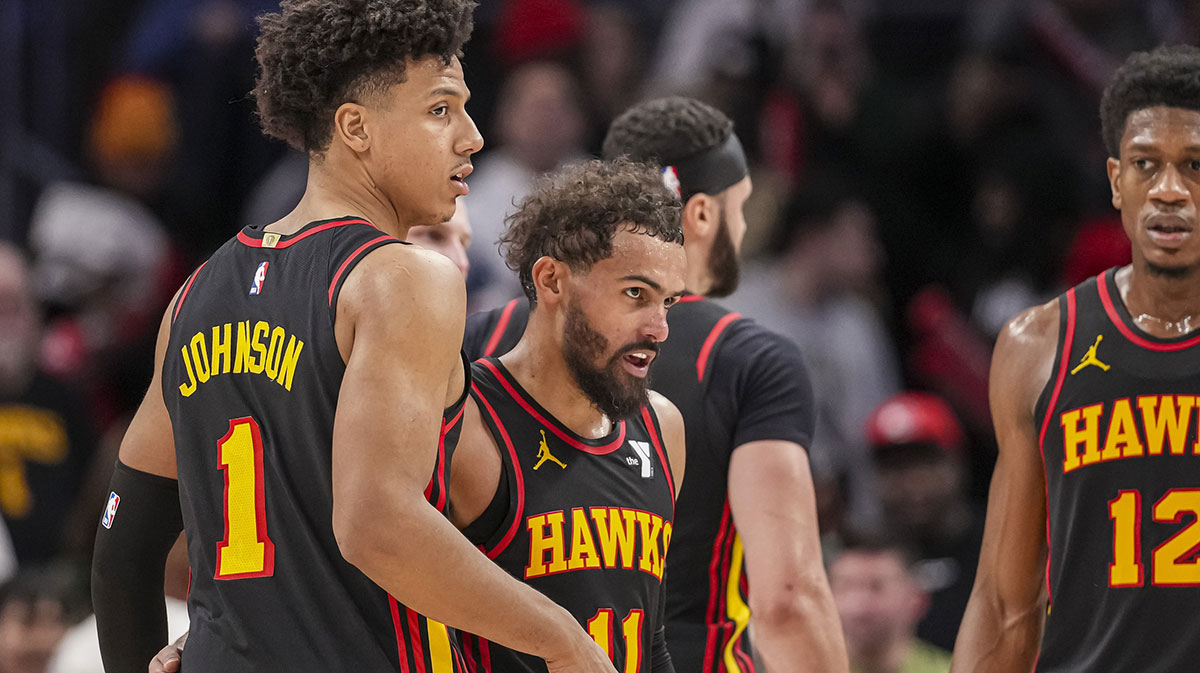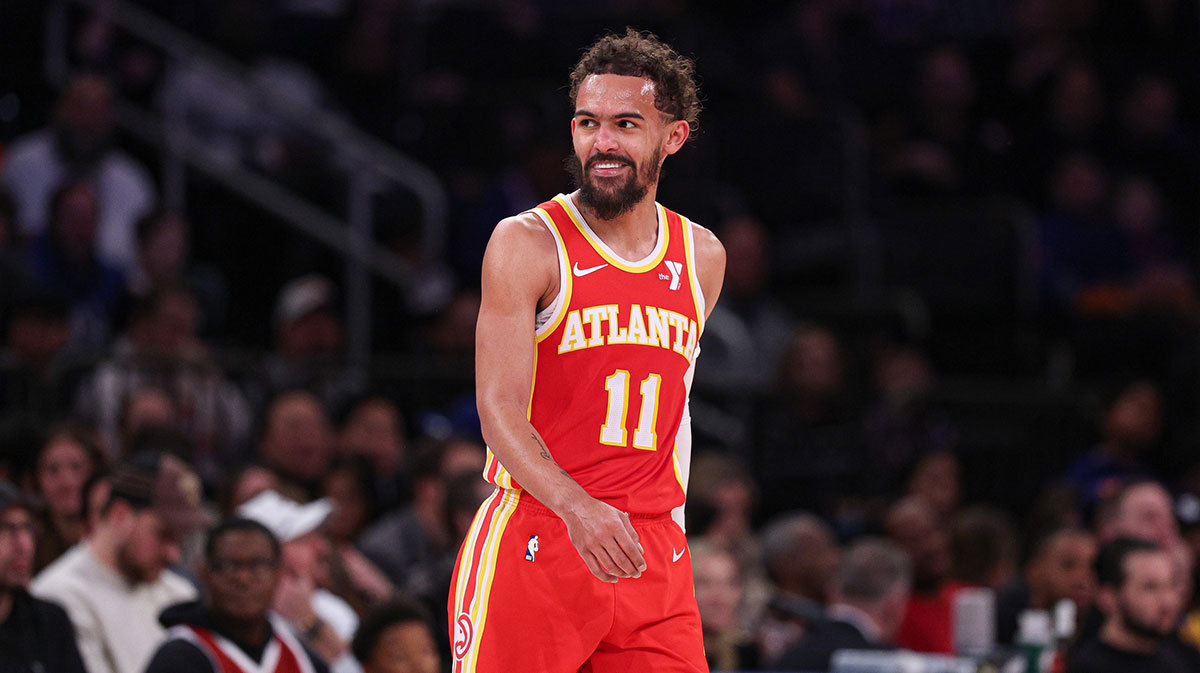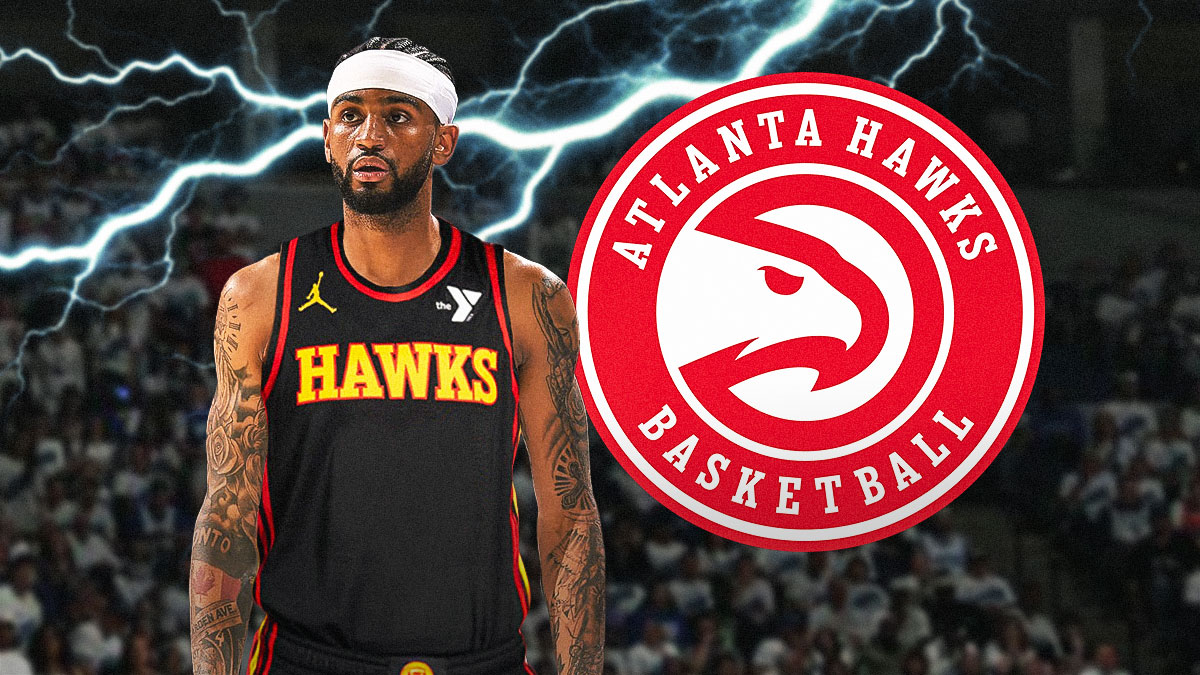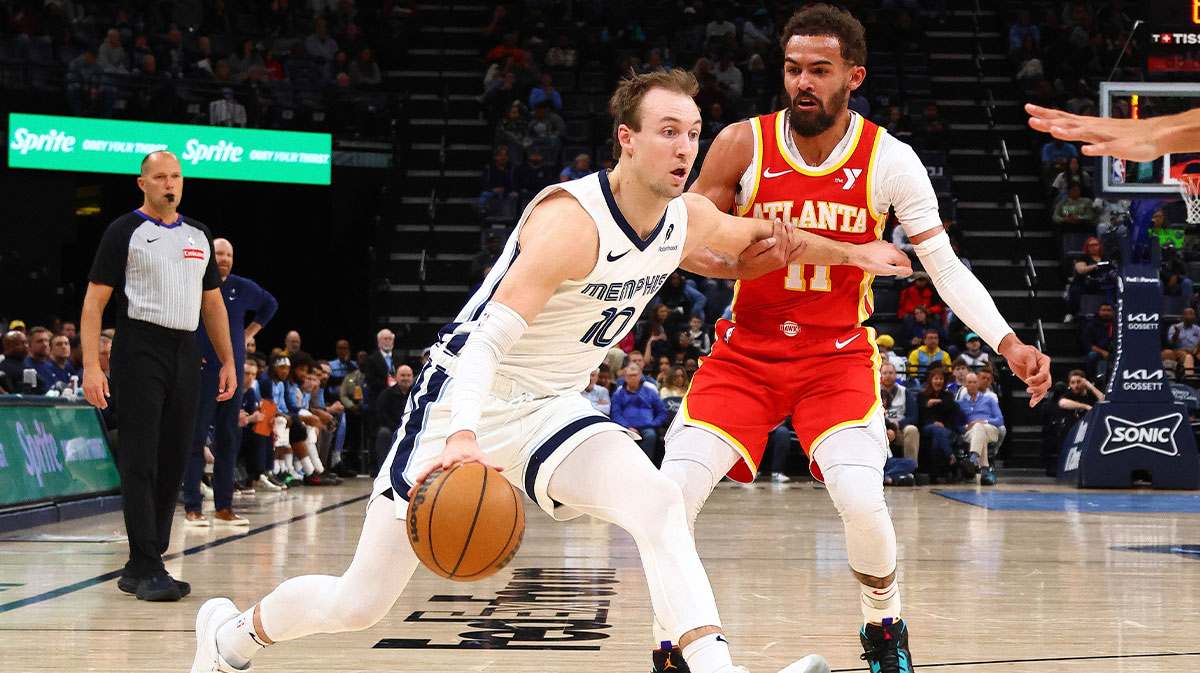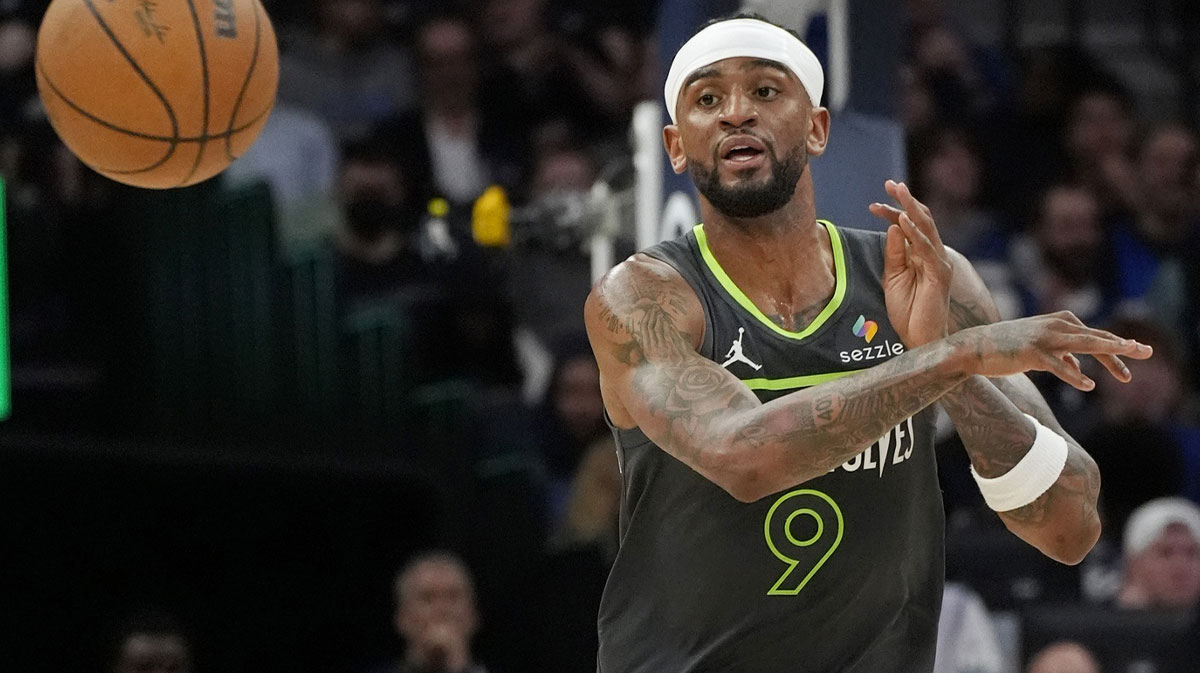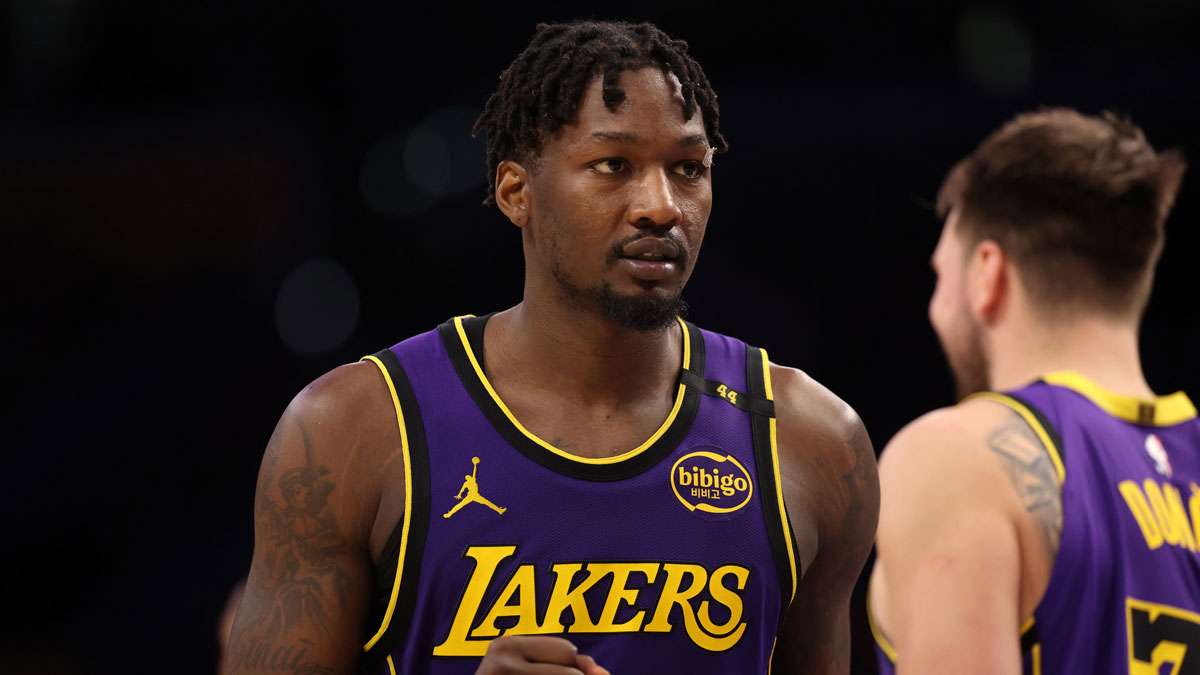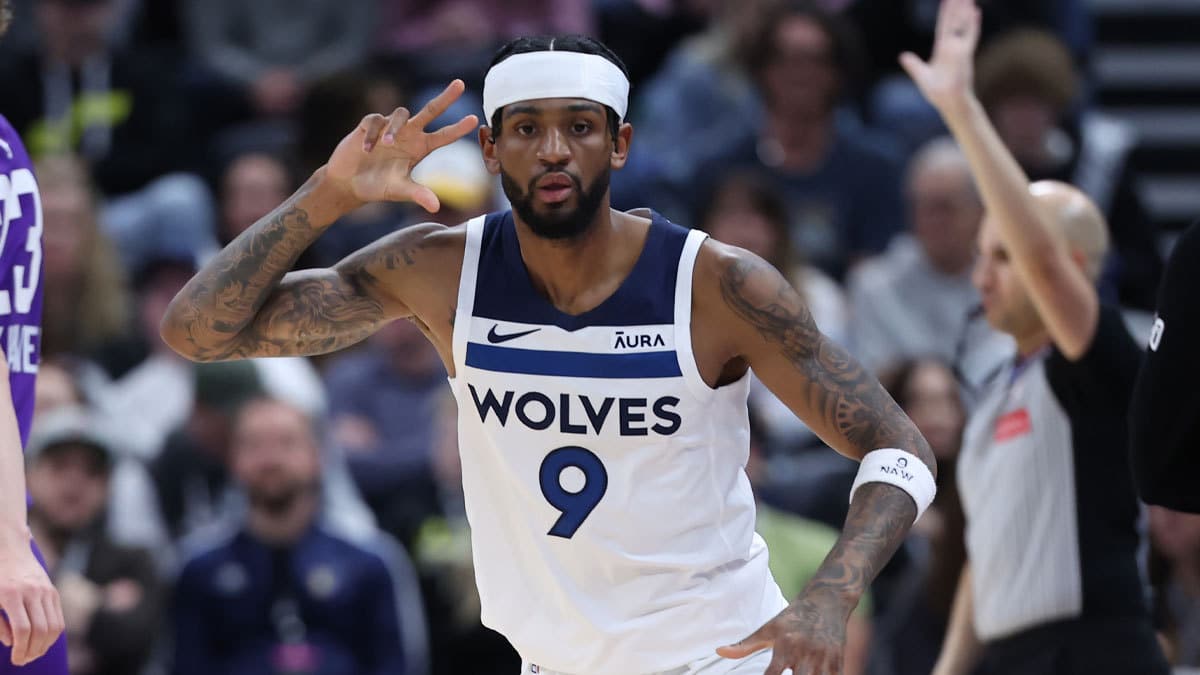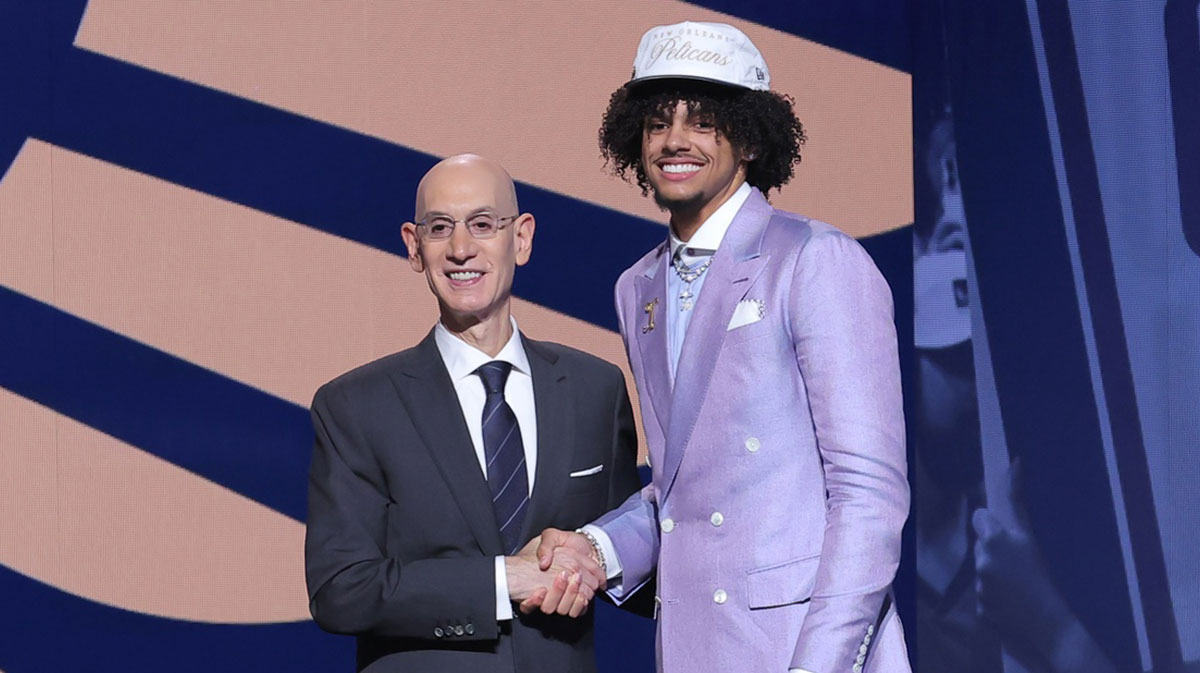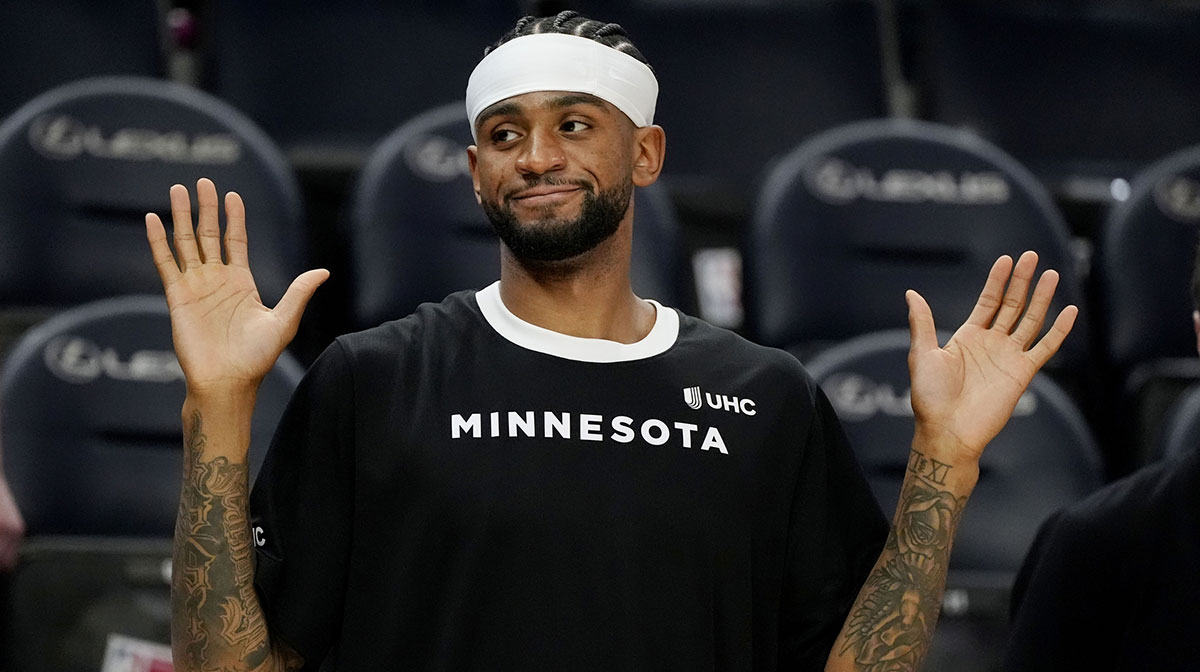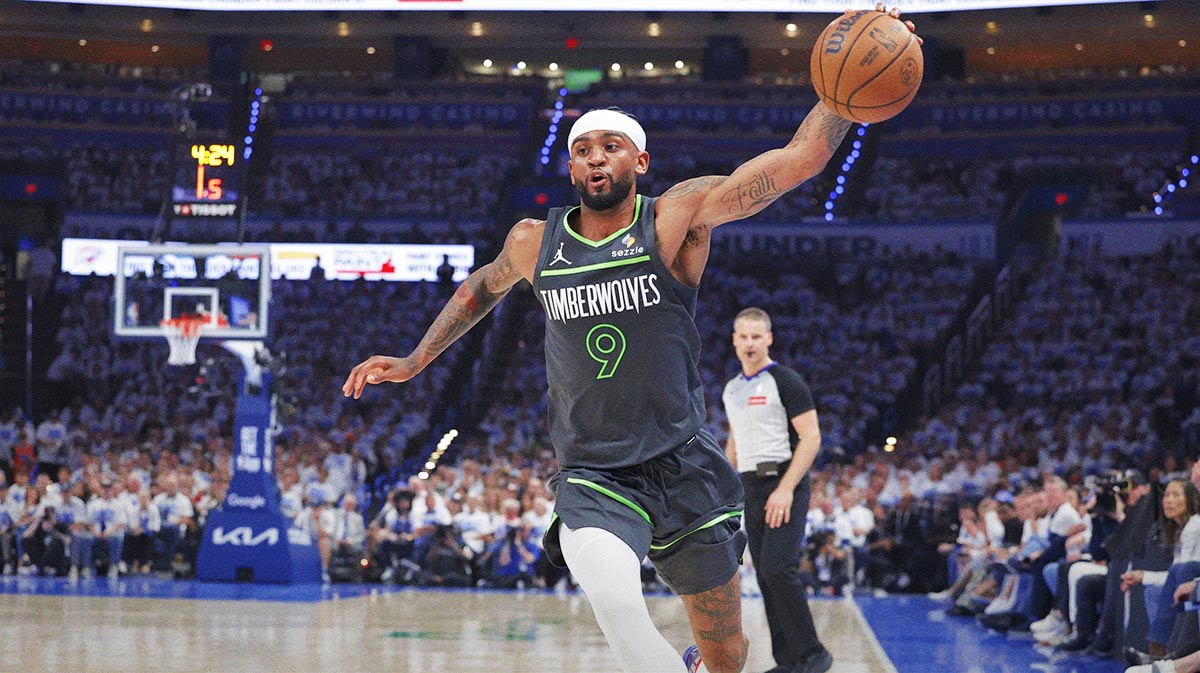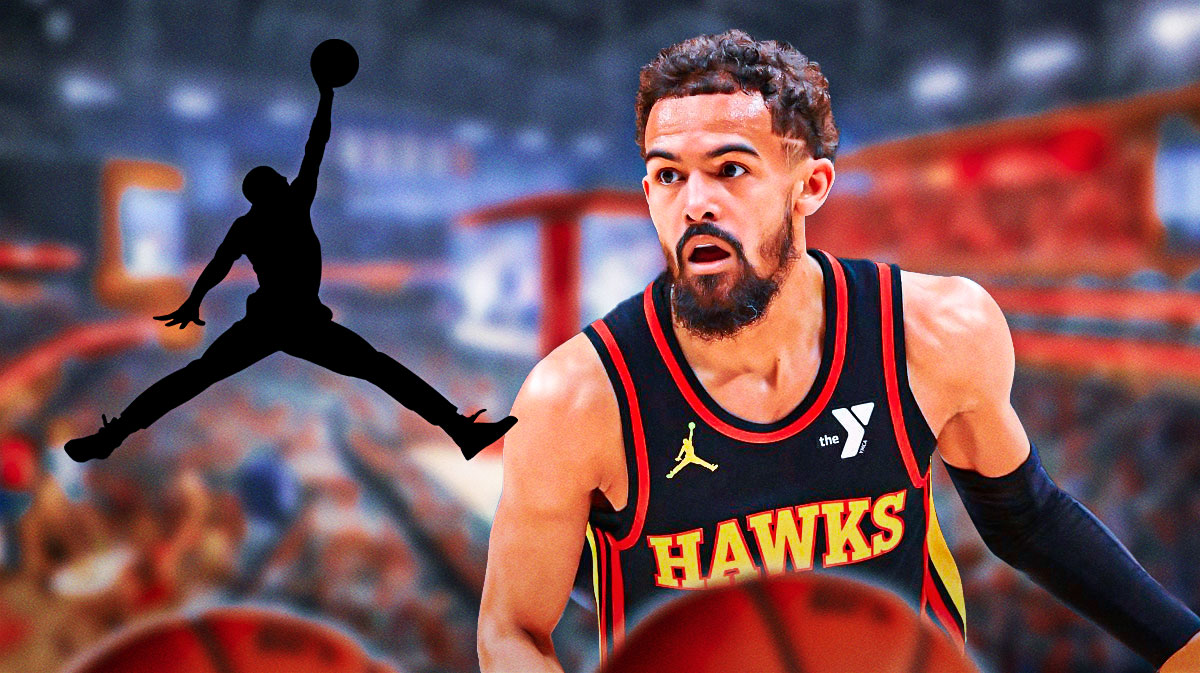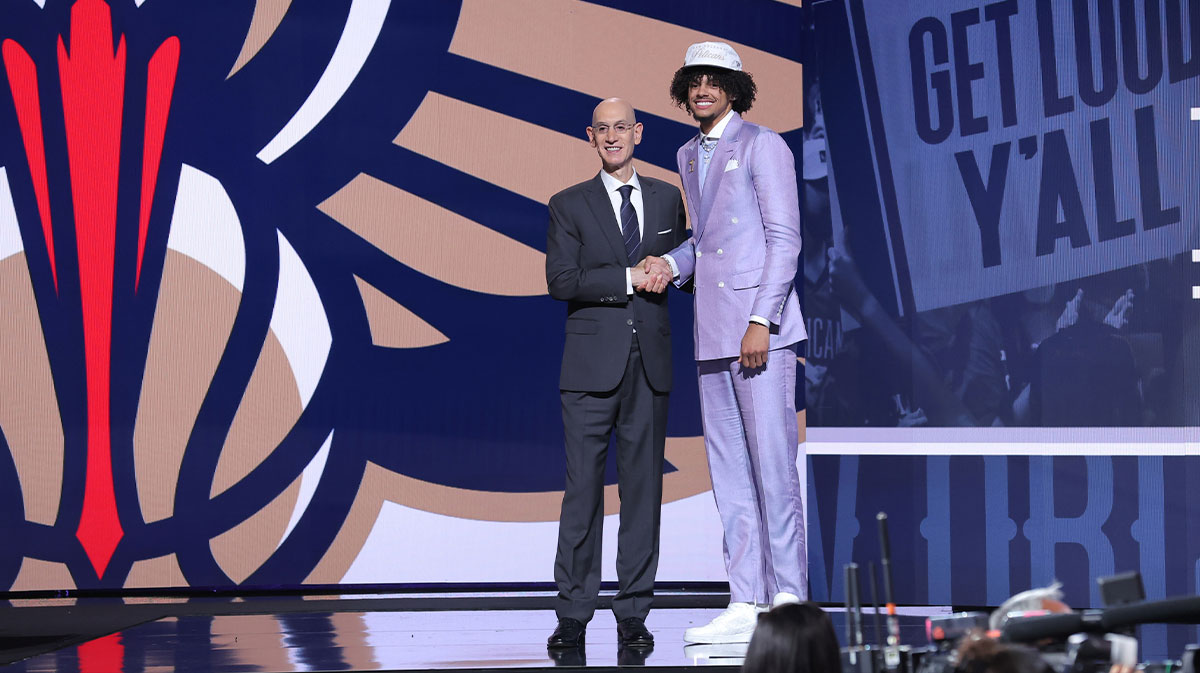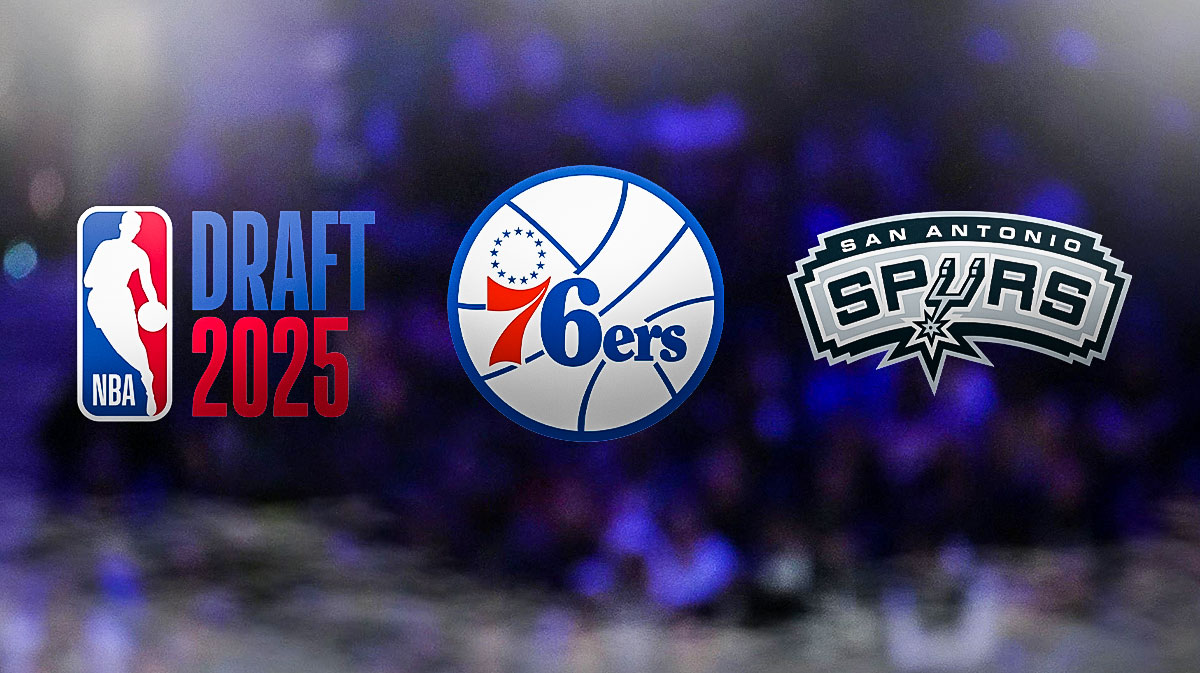[clear]
Dwight Howard is coming home. After years of chatter about Howard’s potential interest in returning to his hometown of Atlanta to roost as a Hawk, he signed a three-year, $70.5 million deal to mark the first major free agent roster change of the offseason.
Later that night, Kent Bazemore came to an agreement on a four-year, $70 million deal, teaming him with Howard and keeping him in the ATL for the foreseeable future.
So, this very clearly marks the end of Al Horford’s reign as the Hawks’ face of the franchise, right?
Potentially not.
From what we know from the reported deals and from the maximum amount of yearly raises possible for either player — 7.5 percent and 4.5 percent for Kent Bazemore and Dwight Howard, respectively — we are able to estimate Bazemore’s 2016-17 salary at $15.7 million and Howard’s 2016-17 salary at $22.5 million. Once the team renounces the rights to Kris Humphries, Bazemore and Kirk Hinrich, and keeps Al Horford’s $18 million cap hold, the team will need to shed about $14.2 million in order to keep Horford with the only professional franchise he has ever known.
There are a few ways they can do that.
The most likely option is a combination of trading Tiago Splitter, waiving or trading Mike Scott and trading one of Thabo Sefolosha, Tim Hardaway, Kyle Korver, or Dennis Schroder.
Despite an injury filled 2015-16 season, Splitter is still a serviceable big man on what has turned out to be a reasonable salary, considering this offseason's market value on players like Splitter. The Brazilian is also entering a contract year. A team will definitely be willing to pay pennies on the dollar to pick him up.

Scott’s 2016-17 salary is fully non-guaranteed, so if the Hawks can’t find draft pick compensation for Scott in this scenario, they can just gleefully force him into momentary unemployment.
Trading Thabo would be tough for the team to stomach, and would drastically eat into the little depth the Hawks would have remaining as a result of these provisions.
Trading Korver or Schroder, the newly anointed starting point guard for the squad, would be a last ditch maneuver, and it's unclear whether the team would even entertain offers for the two.
Of Korver, Schroder, Thabo and Hardaway Jr., trading Hardaway would be the most likely option, but with the official salary cap figure not yet finalized, trading Jr. would leave doubt as to whether or not they would have fully cleared out enough space to re-sign Horford. The current cap number is projected to be at around $94 million, but according to HeatHoops, it is likely that the actual figure is $94.4 million.
Essentially: if the cap is set at $94.04 million or higher, the Hawks would be clear to trade Hardaway to ensure Horford’s return — once they trade Splitter and cut or trade Scott — but if the cap is less than $94.04 million, as is presently predicted, then consider one of the aforementioned Korver, Schroder, or Sefolosha gone, to go along with Splitter and Scott, if the Hawks are positive they wish to logjam Horford, Paul Millsap and Howard in the front court.

Another option would be to trade their star power forward Paul Millsap. Trading Millsap would be an extremely polarizing decision both inside and outside of the organization, but may have to be done if the Hawks are adamant on joining Horford and Howard in the frontcourt.
If the Hawks decide to whip Millsap elsewhere for no salary in return, then sign Bazemore and Howard to fill that extra cap space, their remaining space would be about $5.8 million.
If they get some sort of salary in return, that $5.8 million figure would be further reduced by the value of whatever contract comes in.
Whatever that ultimate number is, it’s important to note that the resulting figure can be spent, in its entirety, on a free agent before signing Al in order to take advantage of Horford’s Bird Rights. If Horford agrees to a contract with the Hawks, he would undoubtedly allow Atlanta to sign him after they sign a free agent with the remaining space that they have after a Paul Millsap trade.
It is only then — after trading Millsap and discovering what assets the Hawks will receive in return; after officially signing Bazemore and Howard; and after signing a free agent that will fit the amount of cap space remaining — can the Hawks re-sign Al Horford to a deal of their choosing.
If the Hawks decide to go on either one of these routes, they will surely be forced near the luxury tax zone, which is projected to be somewhere around $113 million for next season. Depending on how the Hawks wish to use the rest of their exceptions, the Hawks could very well be fielding a luxury tax-paying team — something they’ve only done once, in 2003. Even with a new ownership group, expect the Hawks’ management to navigate themselves below that luxury tax number during or before the season if they are forced to go over that $113 million mark to bring Horford back.
There is, actually, another possible option –- signing and trading for Howard. However, this option is unlikely given the market and the Rockets' low interest in the players — and contracts — available on the Hawks.
Don’t be surprised if the Hawks are able to corral Horford back to the Peach state. But, if they do, be prepared for some significant trades to be made in the process.
[button width=”full” button size=”bigger” color=”custom” align=”center” textcolor=”#ffffff” texthcolor=”#ffffff” bgcolor=”#8b0000″ link=”https://clutchpoints.com/dwight-howard-agrees-3-year-70-5m-deal-atlanta-hawks/”]NEXT: Details of Dwight Howard's deal with the Atlanta Hawks[/button]

